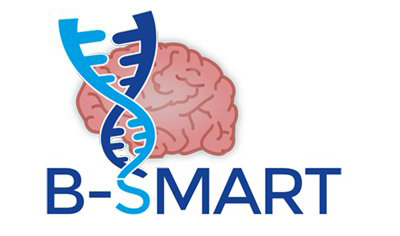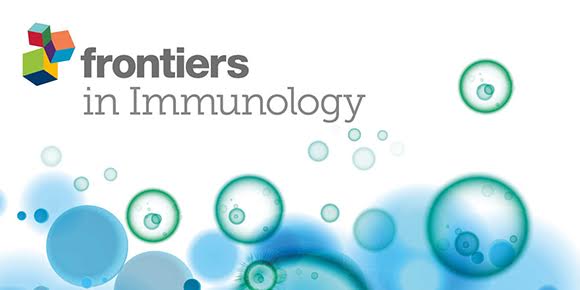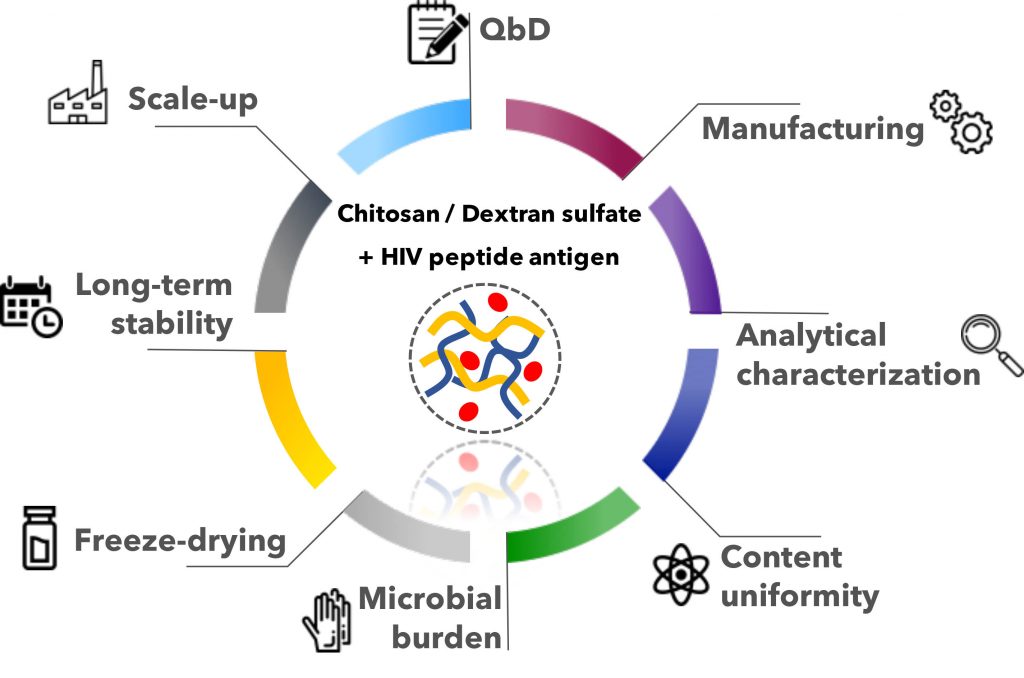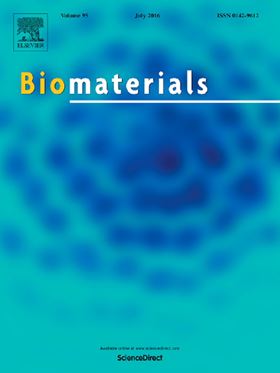In: NANOMEDICINE

EU Project B-SMART releases interview clip: “The Journey of siRNA’
June 27, 2022Over the past 5.5 years, we have partnered a EU-funded research project B-SMART intended to explore and establish new gateways to reach the brain in the hopes of better addressing brain-related illnesses, such as Alzheimer’s disease.
Read More
Check out our OPEN ACCESS publication: ‘Carboxymethyl-β-glucan/chitosan nanoparticles: new thermostable and efficient carriers for antigen delivery’
June 16, 2021Check out our recent paper published OPEN ACCESS in Drug Delivery and Translational Research, and official journal of the Controlled Release Society (CRS). In this work, we focused on an immunostimulant beta-glucan derivative, carboxymethyl-β-glucan, to prepare a novel nanocarrier in combination with chitosan.
Read More
Check out our latest paper, published in DDTR: ‘Carboxymethyl-β-glucan/chitosan nanoparticles: new thermostable and efficient carriers for antigen delivery’
April 5, 2021In this work, we focused on an immunostimulant beta-glucan derivative, carboxymethyl-β-glucan, to prepare a novel nanocarrier in combination with chitosan.
Read More
Our latest paper, published in Frontiers in Immunology: “Arginine-Based Poly(I:C)-Loaded Nanocomplexes for the Polarization of Macrophages Toward M1-Antitumoral Effectors”
July 8, 2020Publication: Dacoba TG, Anfray C, Mainini F, Allavena P, Alonso MJ, Torres Andón F and Crecente-Campo J (2020) Arginine-Based Poly(I:C)-Loaded Nanocomplexes for the Polarization of Macrophages Toward M1-Antitumoral Effectors. Front. Immunol. 11:1412. doi: 10.3389/fimmu.2020.01412
Read More
Polyaminoacid-based nanocarriers: a review of the latest candidates for oral drug delivery
June 22, 2020In this review, we present an update of the current approaches and strategies carried out in the design of nanosystems and penetration-enhancing oral delivery strategies based on polyaminoacids.
Read More
Our latest paper, published in Drug Delivery and Translational Research: “Technological challenges in the preclinical development of an HIV nanovaccine candidate”
February 28, 2020In the obstacle race to the market nanomedicines face multiple challenges. If you want to know how to address them, check our recent paper about “Technological challenges in the preclinical development of an HIV nanovaccine candidate”, which has been just published in the DDTR journal.
Read More
Targeting neurodegenerative diseases with RNA interference through the nose?
January 2, 2020We describe how the physicochemical properties of polymeric nanocapsules have a tremendous impact in their capacity to disseminate and accumulate in the different subpopulations of immune cells in the lymph nodes.
Read More
Our latest paper, published in Nanomedicine: “Design of polymeric nanocapsules to improve their lympho-targeting capacity”
November 11, 2019We describe how the physicochemical properties of polymeric nanocapsules have a tremendous impact in their capacity to disseminate and accumulate in the different subpopulations of immune cells in the lymph nodes.
Read More
Our latest work published in “Journal of Controlled Release”
July 30, 2019The harsh environment of the gastrointestinal tract along with the complex structure of macromolecules restrains the administration of biological drugs to the parenteral route. Hence, drug delivery technologies play a crucial role to enable their oral administration. In this paper, we review the current scenario and identify key strategies for the future advancement in the field.
Read More
Our latest work “Oral Delivery of Biologics for Precision Medicine”, published in Advanced Materials
June 25, 2019The harsh environment of the gastrointestinal tract along with the complex structure of macromolecules restrains the administration of biological drugs to the parenteral route. Hence, drug delivery technologies play a crucial role to enable their oral administration. In this paper, we review the current scenario and identify key strategies for the future advancement in the field.
Read More